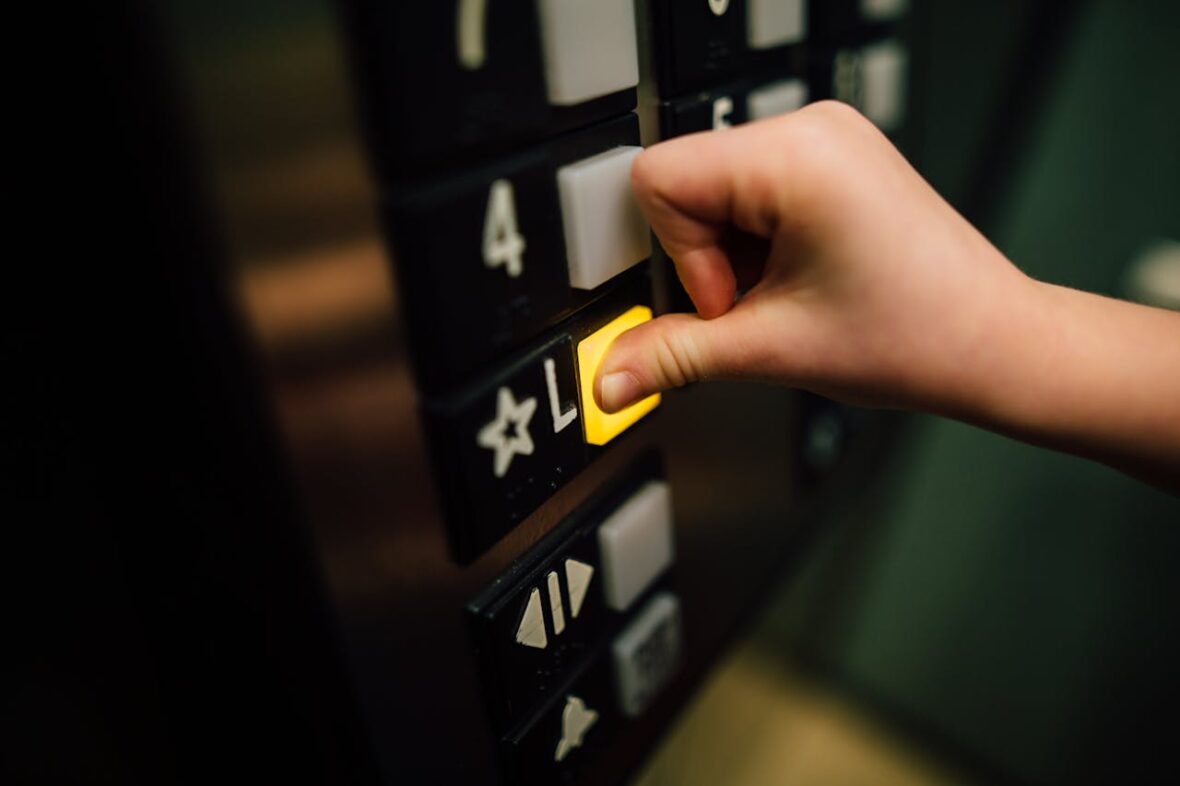In an era where inclusivity and accessibility are increasingly emphasized, installing chair lift systems is a crucial endeavor. These systems enhance mobility and contribute significantly to the comfort and convenience of individuals with mobility challenges. This article delves into the nuances of chair lift system installation, exploring its benefits, installation process, and considerations.
The Benefits of Chair Lift Systems
Chair lift systems offer myriad benefits, primarily centred around enhancing accessibility and mobility. These systems provide a safe and efficient means for individuals with mobility limitations to navigate staircases effortlessly. Whether in residential settings, public buildings, or recreational facilities, chair lifts promote inclusivity by enabling individuals to access various spaces easily.
Moreover, chair lift systems contribute to independence and confidence among users. By eliminating the physical barriers posed by stairs, individuals regain autonomy in their daily activities, fostering a sense of empowerment and freedom.
Additionally, chair lifts can be customized to suit specific needs and preferences. Whether accommodating different weight capacities, stair configurations, or aesthetic preferences, these systems offer versatility in design and functionality.
The Installation Process
Installing a chair lift system requires careful planning and execution to ensure optimal performance and safety. Here’s an overview of the typical installation process:
Assessment and Consultation
The process begins with a comprehensive space assessment and consultation with the client to determine their specific requirements and preferences. Factors such as staircase dimensions, weight capacity, and user preferences are considered.
Customization and Design
Based on the assessment, the chair lift system is customized to fit the unique specifications of the staircase and user needs. This may involve selecting the appropriate chair model, rail configuration, and safety features.
Preparation of the Site
Before installation, the site is prepared to ensure a smooth and efficient process. This may involve clearing the staircase area, making necessary structural modifications, and ensuring compliance with safety regulations.
Installation of Rails and Components
The rails and other components of the chair lift system are installed along the staircase according to the predetermined design. Care is taken to ensure proper alignment, stability, and functionality.
Integration and Testing
Once the installation is complete, the chair lift system is integrated with the power source and tested for functionality and safety. Adjustments are made to ensure smooth operation and user comfort.
Training and Handover
Before handing over the chair lift system to the user, thorough training is provided on its operation, safety features, and maintenance requirements. This ensures that users feel confident and competent in using the system independently.
Considerations for Installation
Several factors must be considered when installing a chair lift system to ensure optimal performance and user satisfaction:
Safety Regulations
Compliance with relevant safety standards and regulations is paramount to ensure the safety of users.
Space Constraints
The layout of the staircase and surrounding space must be considered to determine the most suitable design and configuration of the chair lift system.
User Needs
Understanding the specific needs and preferences of the user is essential for customizing the chair lift system to their requirements.
Maintenance Requirements
Regular maintenance and servicing are essential to ensure the ongoing reliability and safety of the chair lift system.
Conclusion
Chair lift system installation enhances accessibility, mobility, and comfort for individuals with mobility challenges. Through careful planning, customization, and installation, these systems provide a practical and effective solution for overcoming physical barriers and promoting inclusivity in various settings.
